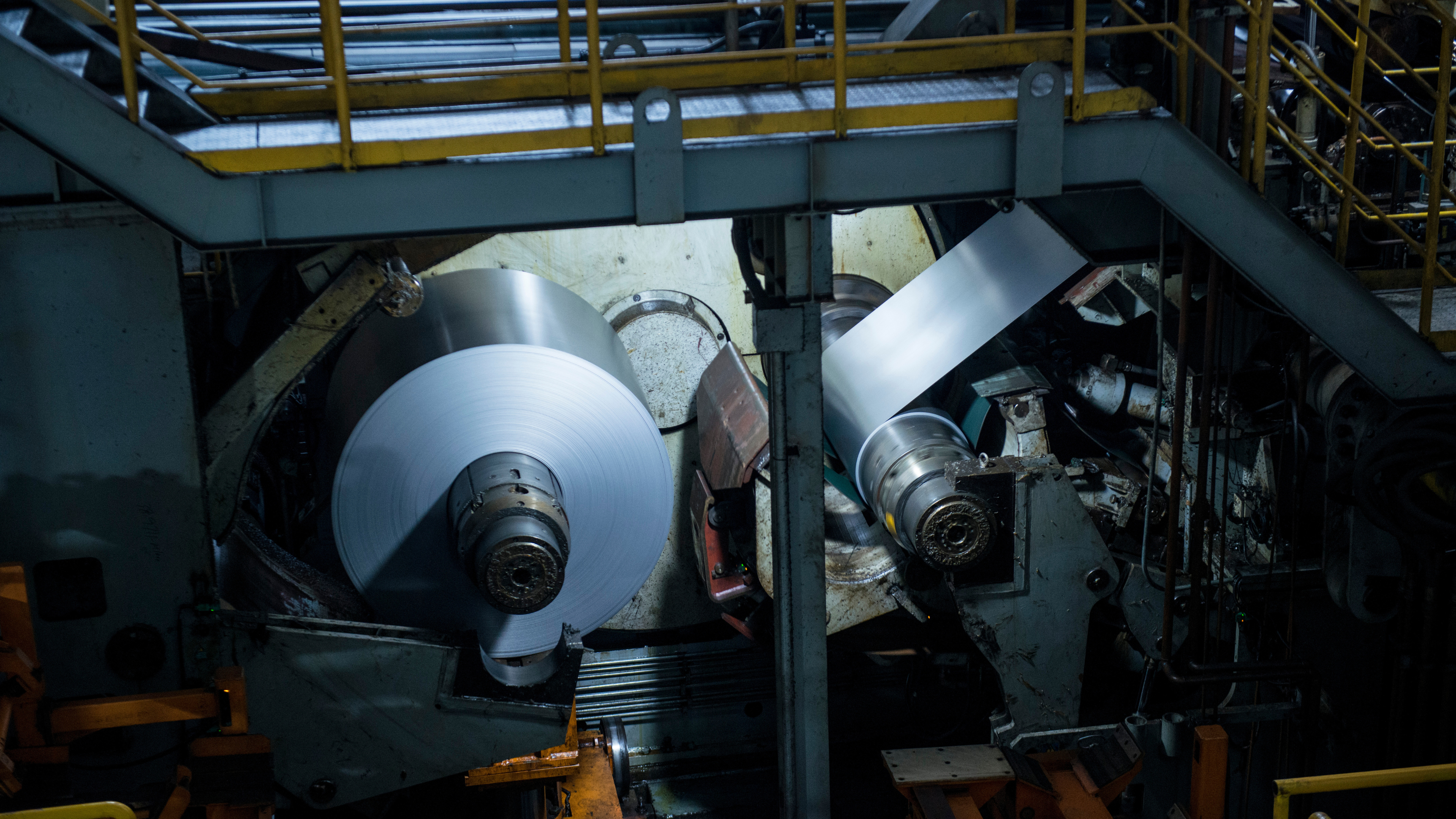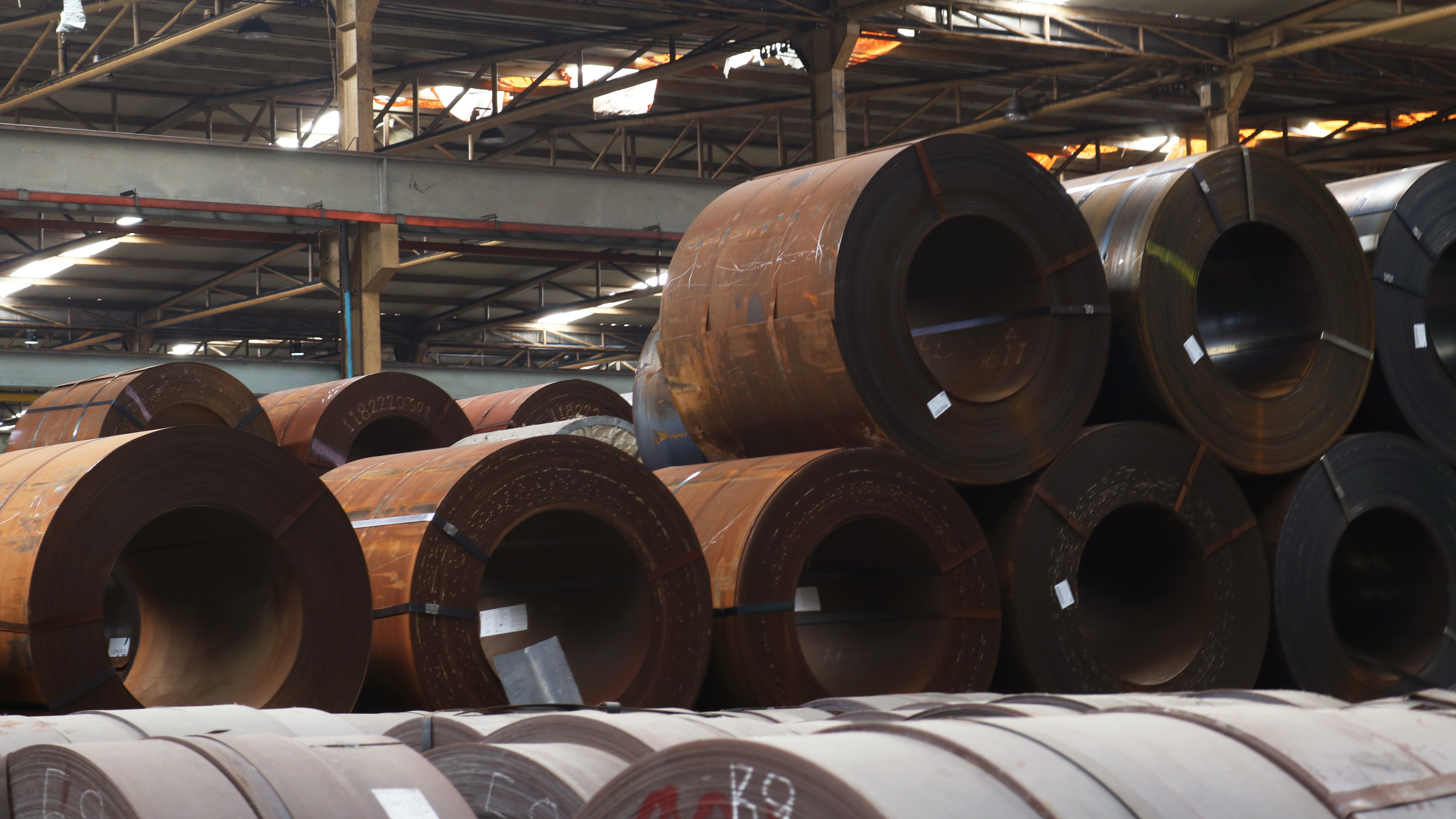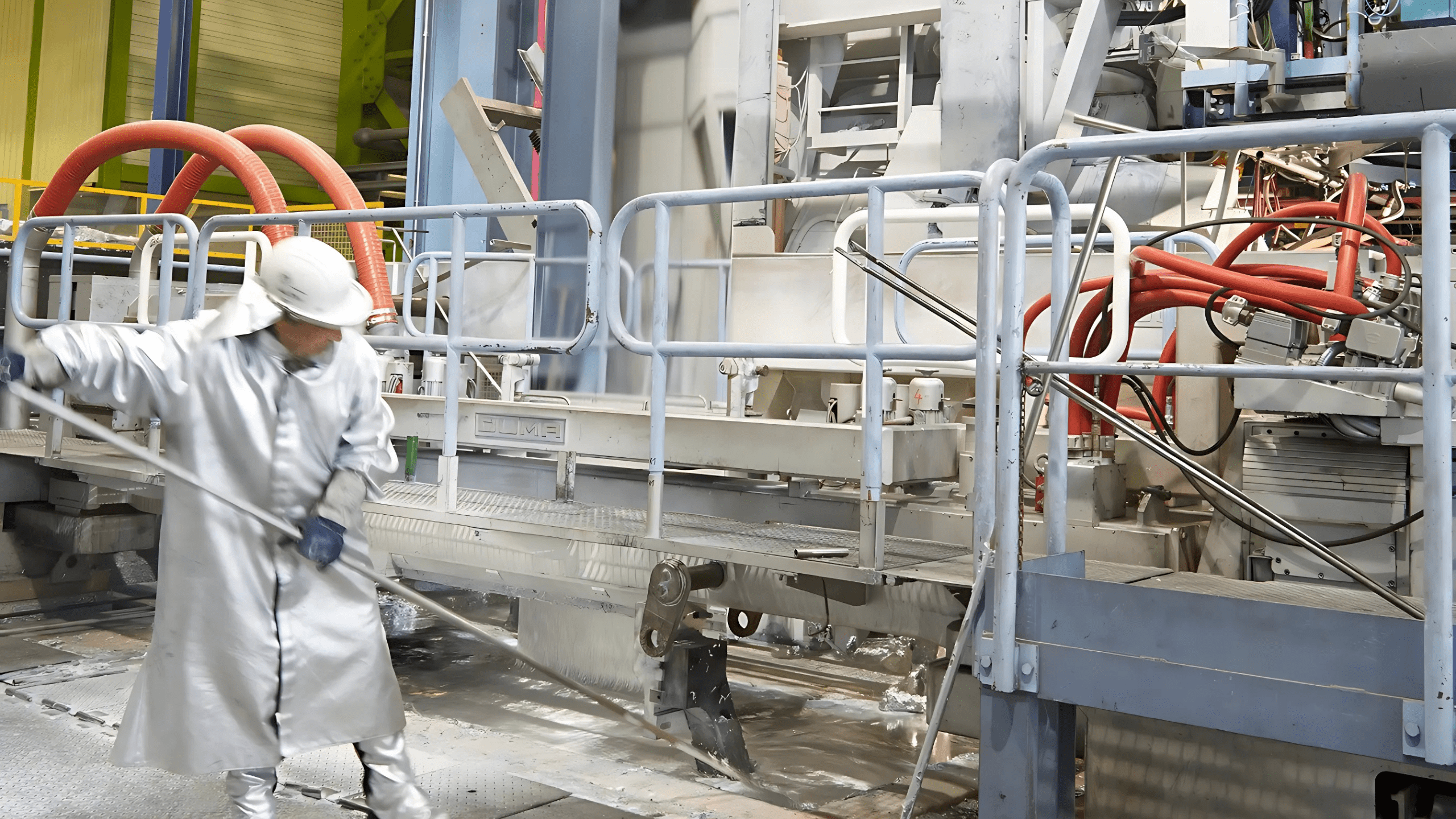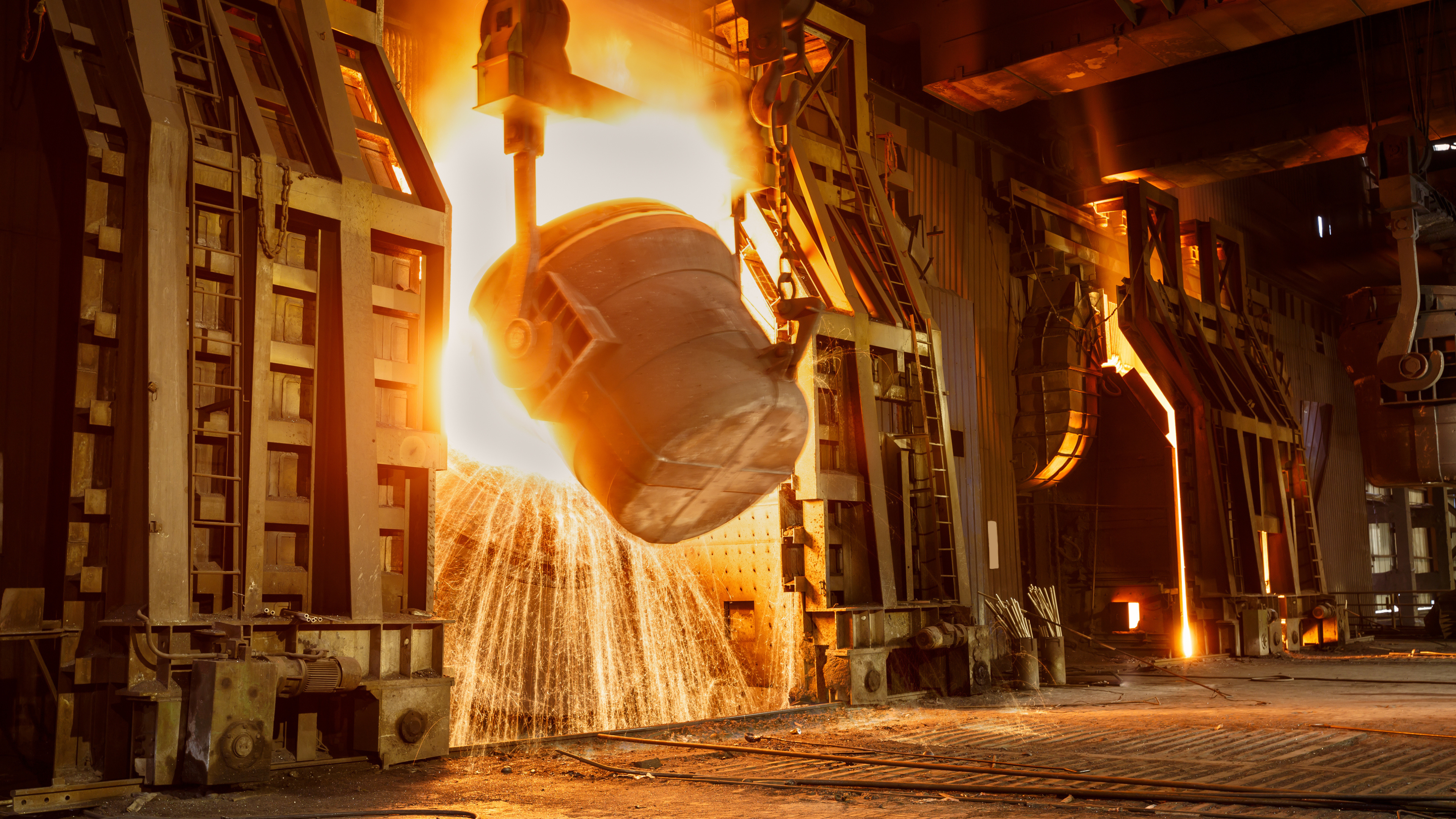Key Takeaways
Here are five key takeaways from this document:
- Problem: A client in Asia faced high oxygen and aluminium consumption in a 140-tonne EAF, leading to chromium losses in slag.
- Challenge: High operating costs due to inefficient raw material use and chromium losses.
- Solution: Reviewed and optimised EAF processes, including oxygen injection, charge mix, and alloy addition strategies.
- Improvements: Reduced oxygen consumption from 14 Nm³/tonne to 3 Nm³/tonne, eliminating the need for aluminium reducing agents.
- Impact: Saved $10,000 per heat in chromium metal value, improved process efficiency, and lowered operating costs.
$
0
Overview
A client in Asia had issues with high consumption of oxygen (>14 Nm³/tonne) and aluminium reducing agents in a 140 tonne EAF leading to high chromium oxide content in the slag and valuable alloying elements were lost in the slag. These elements could have remained in the stainless steel melt.
Challenge
Escalating operating costs driven by excessive raw material consumption (oxygen and aluminium) and process inefficiencies resulting in chromium losses to slag waste.
Solution
Conducted an in-depth review of EAF processes:
- Oxygen injection
- Scrap charge management
- Alloy addition strategies.
- Charge mix
- Alloy addition strategies
- Consumables/refractory
Implemented optimisation strategies for reducing oxygen and aluminium consumption while maintaining quality requirements.
Results
- Reduced average oxygen consumption from 14 Nm³/tonne to 3 Nm³/tonne leading to chromium levels down to 6% without using any aluminium reducing agent.
- Chromium oxide in the slag fell below the 6% target, thus significantly reducing costs by saving at least 10,000 USD per heat in chromium metal value.
- The outcome of this work led to significant improvements on EAF process efficiency and decrease in operating costs resulting in higher throughput and improved production timelines.









